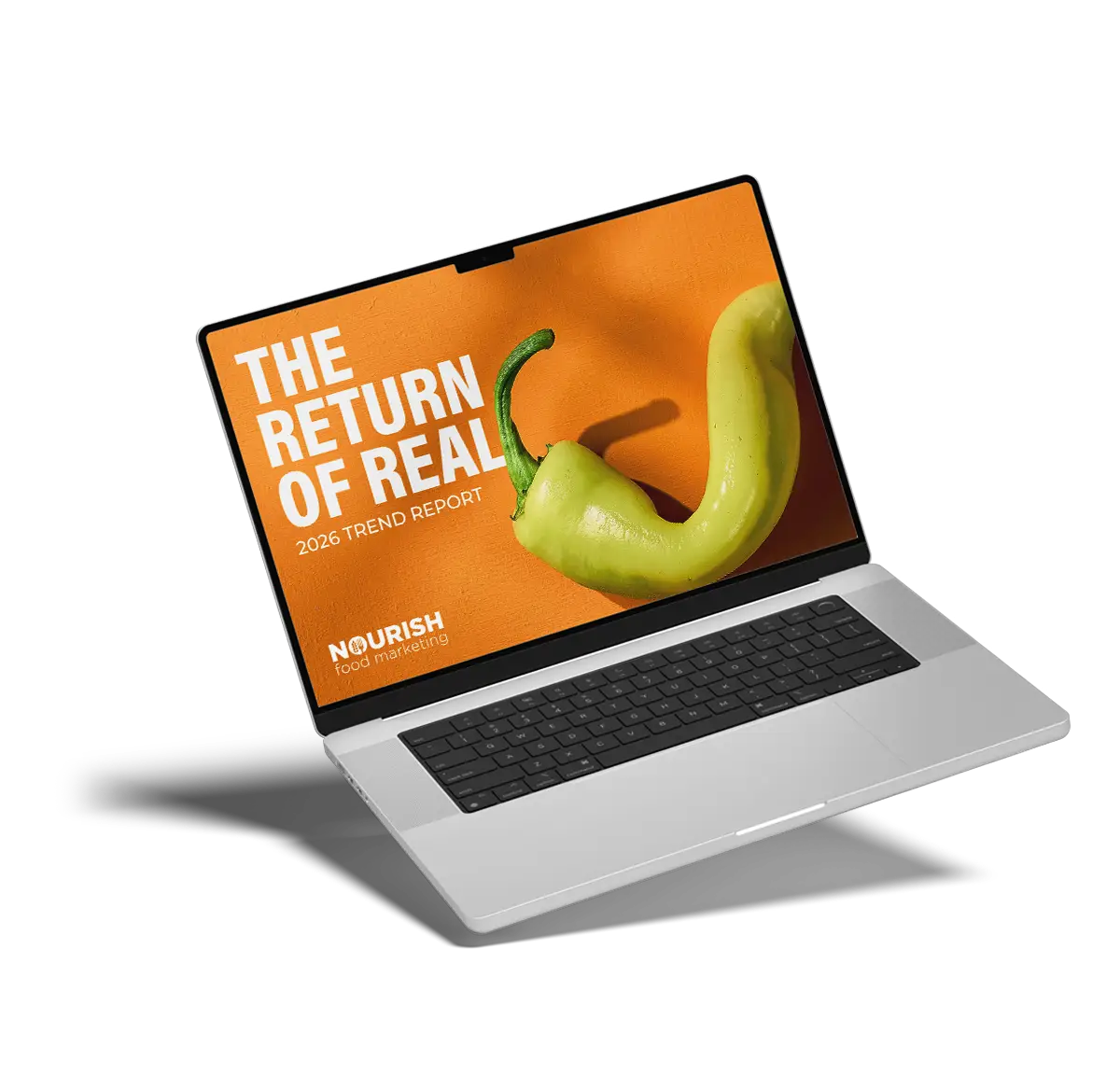There’s a digital renaissance happening in agriculture. And the people driving the change might not look like the same type of ag leaders we’ve seen in the past.
The green revolution in the 1960s saw seed genetics and fertilizers drastically increase yields. It was science answering the problem of food security, and it worked. Driving the innovations were industry leaders who were raised on farms — grown-up farm kids translating new technology for on-farm use.
We might be witnessing the next revolution in agriculture in which digital connectivity allows new firms to extract big data from livestock and crop production. The payoff could be huge. McKinsey & Company published a report, “Agriculture’s connected future: How technology can yield new growth,” in 2020. They estimate that the agriculture industry could tack on $500 billion to the global gross domestic product by 2030. All it will take is greater connectivity in rural areas.
“Now, agriculture is in the early days of yet another revolution, at the heart of which lie data and connectivity. Artificial intelligence, analytics, connected sensors, and other emerging technologies could further increase yields, improve the efficiency of water and other inputs, and build sustainability and resilience across crop cultivation and animal husbandry.”
McKinsey & Company
The potential for fat profits is attracting the kind of investment money normally set aside for Silicon Valley startups. And the people leading the charge are probably more comfortable in pointy dress shoes than muddy boots.
Increased access to high-speed internet is reshaping agriculture
One of the drivers of this new data revolution in ag is that high-speed internet and 5G mobile networks are finally showing up on rural routes. For those REALLY remote producers, Elon Musk and his Starlink satellite internet are coming to the rescue. One of our key account managers recently moved to rural Nova Scotia. The high-speed, fibre-optic internet line is too far from her home, so she installed Starlink. She says it’s fast, has little downtime, and supports multiple people streaming and attending virtual meetings all at once.
This ubiquitous high-speed internet is a game-changer in the field. Suddenly producers, equipment manufacturers, and a multitude of other suppliers are experimenting with tools that employ Massive Internet of Things (IoT) technology. The Massive IoT consists of many low-complexity, long battery life, low-cost devices connected over a wide area, feeding information back to a central hub.
Sophisticated software crunches this data and turns it into actionable tasks for growers. It takes software engineers, hardware technicians, and tech-savvy producers to make these investments pay off in the field.
SOURCE: “Agriculture’s connected future: How technology can yield new growth” McKinsey & Company, October 2020.
One of our clients, Paul Dick & Associates, counsels startups developing new wearable technology for livestock. Coined the “Internet of Animals,” these belly bands, ankle bracelets, and ear tags allow growers to monitor health, location, and other data in real-time. Companies in this sphere say they’re addressing two critical problems in ag: labour shortages and expanding farm size.
Emerging opportunities in ag tech bring new players to the field
Young people are taking notice. Enrolment in ag programs has increased steadily over the last five years. Maybe it’s the number of unfilled positions in ag that is appealing to young people. Or perhaps a job in ag sounds more appealing now that it involves working at the cutting edge of technology, all while doing admirable work helping feed the world.
Ag college recruiters in the US are picking up on the trend. They are talking about an ag education as a way for students to pursue a future in STEM (science, technology, engineering, and math). There’s a lot of momentum behind STEM careers right now, and linking agriculture to technology is transferring some of the excitement around STEM to ag.
In a Country Guide magazine article, “Super Keen,” Dr. Jonathan Schmidt, associate academic dean in the university’s Ontario Agriculture College, said students are drawn to the professional opportunities in ag in jobs working with cutting-edge technology. He said the students attending OAC to get some education before returning to the family farm are now in the minority. That’s a significant change.
Earlier this year, Nourish Network helped launch the Weston Family Foundation’s Homegrown Innovation Challenge, a $33-million prize delivered over six years that will identify teams and support the development of tools and technologies that enable Canadian farmers and producers to sustainably and competitively grow berries out of season. The prize is attracting professionals from various disciplines – from software engineers to energy experts and greenhouse growers. The moonshot challenge and the big prize money is bringing professionals from new industries into agriculture, precisely what’s needed to propel the industry forward.
Bay Street investment firms, computer whiz-kids, high-tech incubators — the next agricultural revolution will require those already in the industry to learn a new language and way of doing business to relate to new partners. Change can feel threatening, but the payoff for those in the industry will be worth it as new technology addresses significant issues such as tight labour supply and climate change.
